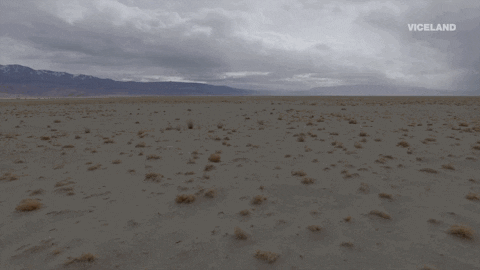Desperately dry conditions across North America are driving ranchers to sell off their cattle—leaving their futures in question.
Cashing out cows is an effort to cut back on mouths to feed from land that’s too dry to graze or yielding disappointing hay crops. In some regions of hard-hit Oregon, where early irrigation shut-offs sent shockwaves, hay prices have increased nearly 100%. And it’s not just cattle feeling the heat: in the agriculturally diverse state, everything from grass seed to Christmas trees to pears is burning up.
By the numbers:
- Canadian producers expect to cull 20-30% of their herds vs. a normal 10-12%
- 1/3 of U.S. cattle are in drought-stricken areas
- Mexican ranchers expect recovery from the drought to take 2-4 years
Bad hangover: The selling off of cows and heifers today will lower total cattle inventory into 2023 and beyond. Cattle’s long gestation period and required time to reach market weight mean a longer impact.
And ranchers have already started selling cattle at lower weights, reflected in the USDA’s trimmed beef production estimates for this year and next.
Where this goes: Consumers can expect these issues to hit them right in the wallet. Beef prices are likely to increase as early as this fall.
And if history is any indicator, it could be rough; after 2014’s Canadian drought, beef prices in the country jumped 25% and stayed elevated for at least two years.

